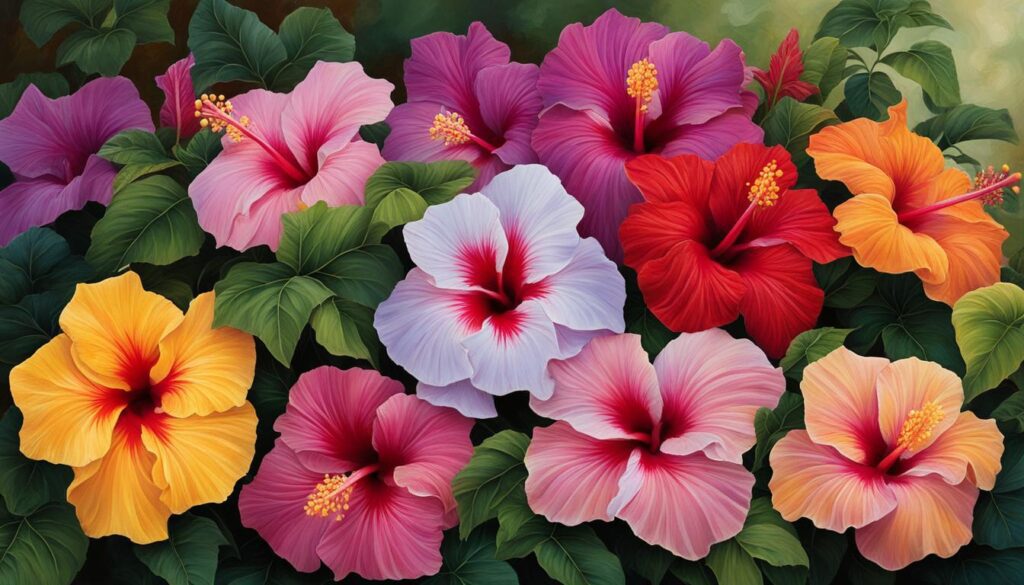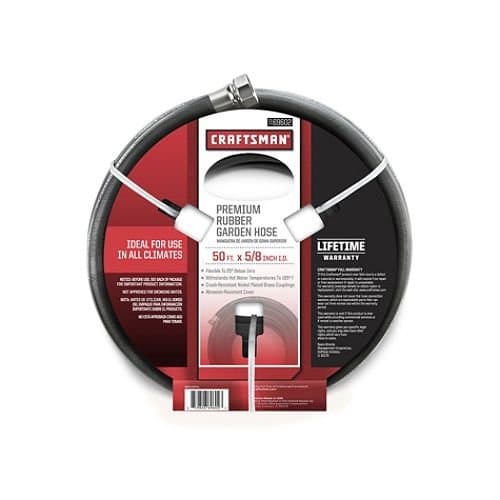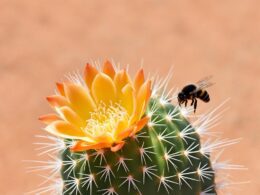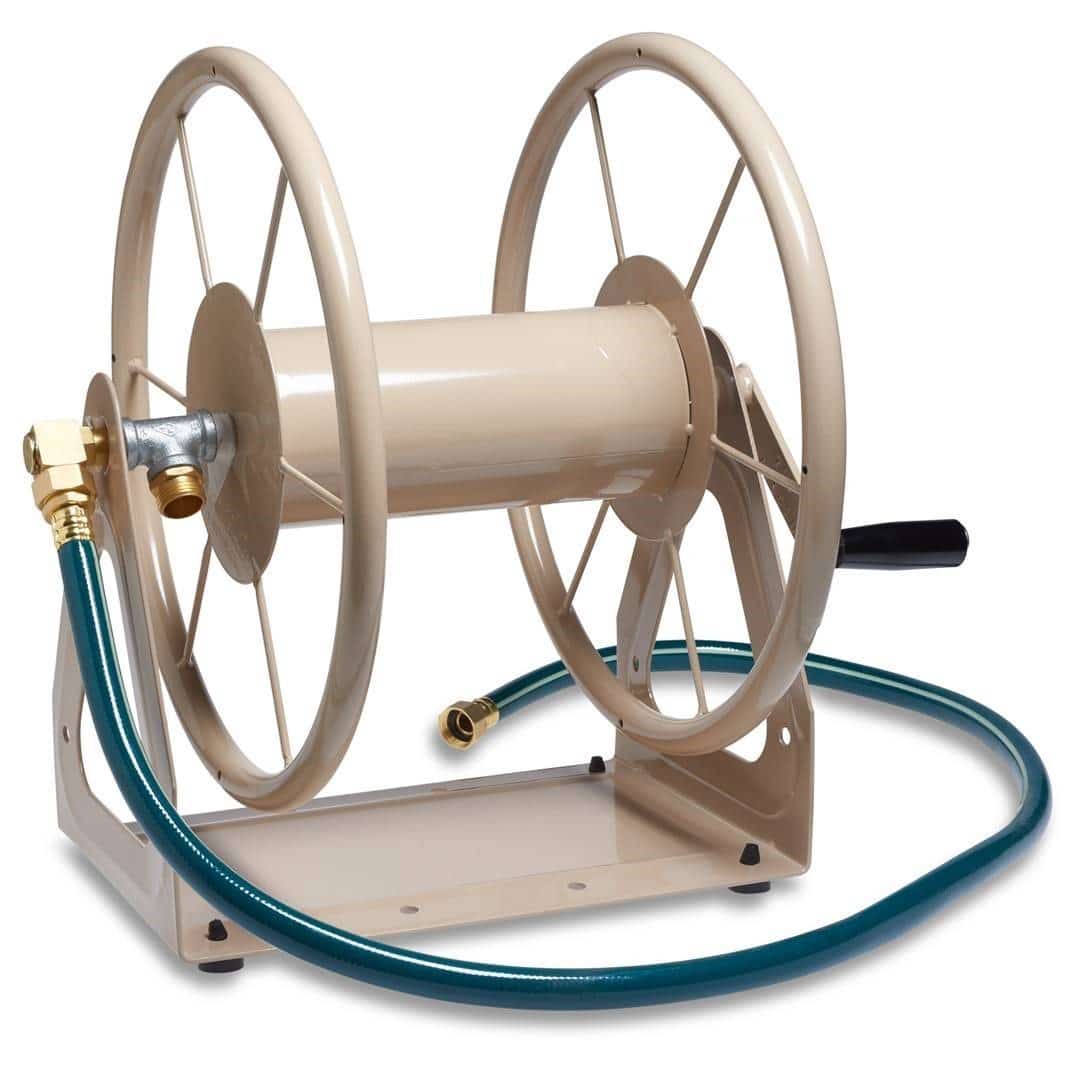Are you interested in growing hibiscus in pots? This low-maintenance plant is a beautiful addition to any garden or patio. With the right techniques and care, you can enjoy vibrant blooms all season long. In this article, we will provide you with expert tips on container gardening for hibiscus.
There are over 200 species of hibiscus to choose from, but the best varieties for container growing are tropical hibiscus (Hibiscus rosa-sinensis). These plants require a lot of sun, water, and fertilizer, making them perfect for growing in pots.
Choosing the right pot is crucial. It should have drainage holes and be slightly larger than the root ball to encourage more blooming. Additionally, using an acidic soil mix specifically made for hibiscus or creating your own can ensure proper nutrient absorption.
To thrive, hibiscus plants need at least 6 hours of direct sunlight daily. Adequate watering and regular fertilizing are also essential. Deadheading spent blooms and monitoring for pests are important tasks in maintaining a healthy hibiscus plant.
During colder months, potted hibiscus can be brought indoors to protect them from freezing temperatures. With proper care, your hibiscus will continue to grow and bloom throughout the year.
For more detailed information on specific hibiscus varieties and overwintering techniques, continue reading our next sections.
Hibiscus Varieties and Potting Tips
When it comes to growing hibiscus in containers, choosing the right variety and providing proper potting conditions are key to success. One of the most suitable hibiscus varieties for container growing is the rose hibiscus, also known as Chinese hibiscus (Hibiscus rosa-sinensis).
For those looking to add a splash of color to their patio or balcony, small varieties of rose hibiscus are perfect for pots. Consider popular varieties like ‘Standing Ovation’, ‘Tahitian Flaming Dragon’, ‘Dark Continent’, ‘Jolanda Gommer’, or ‘Voodoo Magic’ to bring vibrant blooms to your outdoor space.
When it comes to potting hibiscus, it’s important to use a lightweight, well-drained potting mix with good drainage. Choose a pot that has a drainage hole to prevent root rot and excess moisture buildup. This will ensure that the roots stay healthy and the plant thrives.
To provide the best growing conditions for your potted hibiscus, find a sunny spot that receives at least 6-8 hours of direct sunlight per day. In hot climates, provide some afternoon shade to prevent sunburn and stress on the plant.
If you live in an area with cold winters, consider moving your hibiscus indoors or to a sheltered location when the temperature drops below 45°F (7°C). Before making the move, remember to acclimate the plant slowly to its new environment to prevent shock.
Proper watering is crucial for potted hibiscus, as they tend to dry out quickly, especially during hot weather. Make sure the soil stays consistently moist, but not waterlogged. It’s always a good idea to check the moisture level with your finger before watering.
Regular fertilizing is also important to keep your hibiscus healthy and blooming. Use a water-soluble fertilizer specifically formulated for hibiscus. Follow the instructions on the fertilizer packaging for the appropriate application rate.
When it comes to pest control, keep an eye out for common culprits like aphids, whiteflies, thrips, and mealybugs. If you spot any, treat your hibiscus with insecticidal soap spray to keep these unwanted visitors at bay.
Remember to provide proper care and attention to your potted hibiscus, and you’ll be rewarded with beautiful blooms and a stunning addition to your container garden.
Overwintering and Care for Potted Hibiscus
If you have potted hibiscus plants, it’s important to know how to properly care for them during the winter months. The process of overwintering hibiscus involves protecting the plants from freezing temperatures and providing them with the necessary care to ensure their survival. Here are some essential tips for overwintering and caring for potted hibiscus.
During the winter, hibiscus in pots can be overwintered indoors or in a cool, bright location with temperatures between 12 and 15 °C. It’s important to water the plants sparingly during this dormant period, making sure that the substrate doesn’t dry out completely. Repotting should be done every two years or when the roots have completely filled the pot. When repotting, choose a pot that is slightly larger than the old one and use fresh planting soil.
To avoid temperature shock, gradually acclimate the plant to new indoor and outdoor conditions. Pruning can be done in the spring to maintain a small and compact plant, but be cautious not to prune too much during the winter to prevent frost damage. Proper care with watering, fertilizing, and pest control is crucial for vibrant flowers and healthy growth. By overwintering hibiscus in pots, you allow the plant to continue growing and blooming without dying back to the ground. Moving the plant indoors or to a sheltered location during the winter will protect it from freezing temperatures.
Can the Expert Tips for Growing Hibiscus in Pots Successfully be Applied to Indoor Growing?
Yes, the expert tips for successfully growing hibiscus in pots can definitely be applied to indoor growing. It’s important to provide the right environment, including proper sunlight, watering, and soil conditions. With the proper care, growing hibiscus indoors can result in beautiful, healthy plants.










